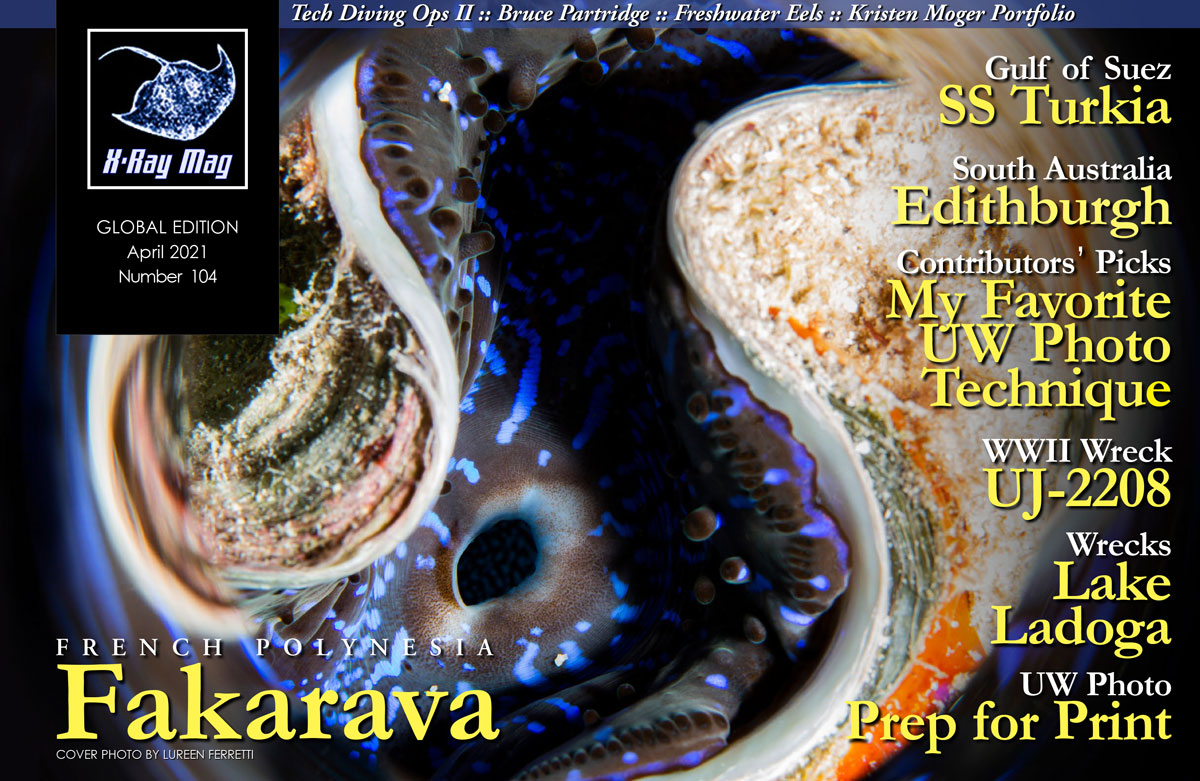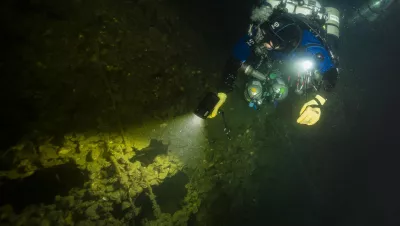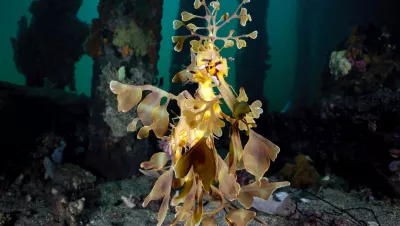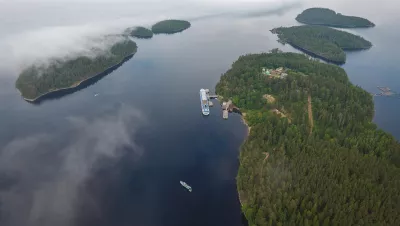This is the incredible story of the French trawler that was turned into the German submarine fighter UJ-2208 during WWII and sunk by a British submarine off the coast of Genoa in 1944. Nowadays, the UJ-2208 lies on the seabed at a depth of 108m, covered in Mediterranean mud, fishing nets, shrimp and oysters. A must-see wreck in Italy, it encapsulates a piece of history and presents a stunning adventure to experience on a deep technical dive.












